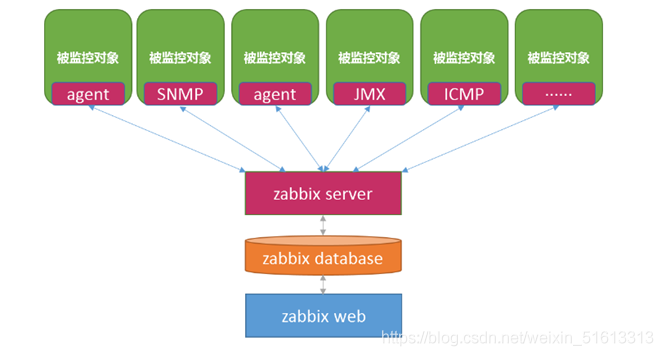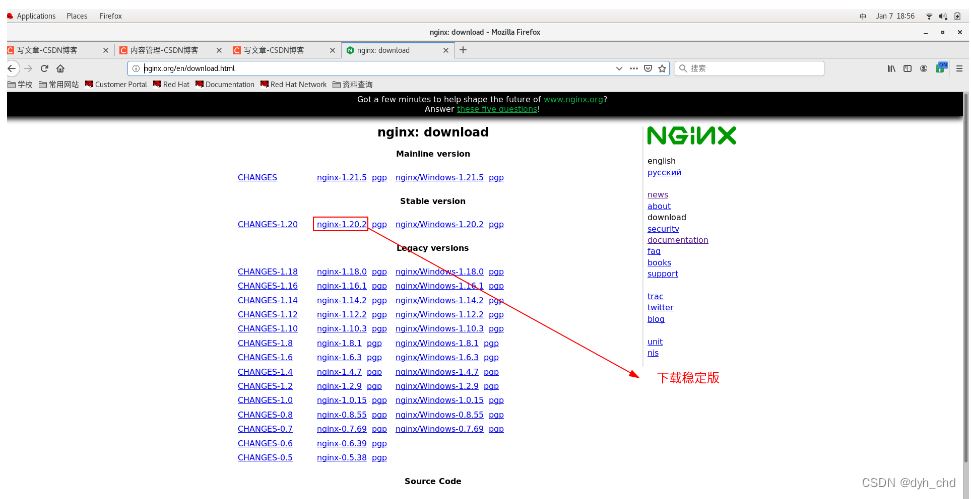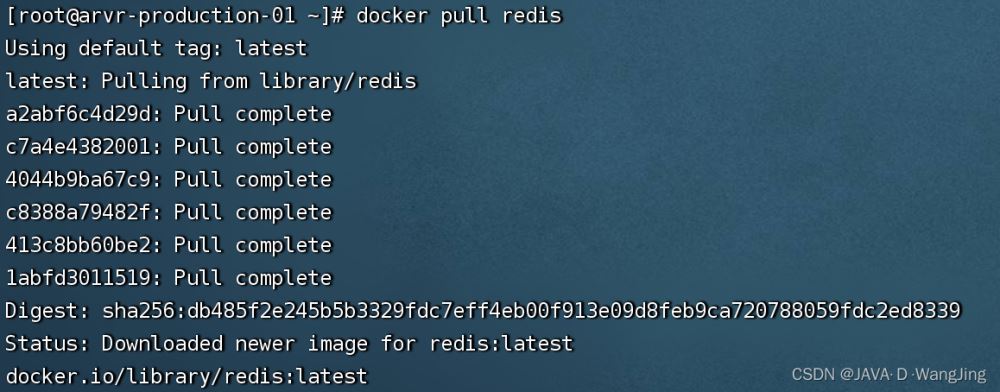监视Redis,实现更高性能(redis监听redis)
监视Redis,实现更高性能
Redis是一个高性能的键值存储系统,它支持多种数据结构,并且在内存中存储数据,因此具有出色的性能。然而,随着Redis使用量的增加,可能会出现性能问题,包括数据库超负荷和访问响应时间慢等。要解决这些问题,可以使用监视Redis的方法来实现更高的性能。
一种有效的方法是使用Redis Sentinel。Sentinel是Redis的高可用性解决方案之一,它提供了对Redis实例的监视和自动故障转移的功能。Sentinel由一个管理进程和一个或多个监视进程组成。管理进程负责指挥监视进程并接收故障报告。监视进程负责查询Redis实例的状态,并在必要时进行故障转移。
下面是一个简单的Sentinel配置示例,其中包含三个Sentinel实例和三个Redis实例:
port 26379
daemonize yespidfile "/var/run/redis-sentinel.pid"
logfile "/var/log/redis-sentinel.log"
sentinel monitor redis1 127.0.0.1 6379 2sentinel down-after-milliseconds redis1 5000
sentinel parallel-syncs redis1 1sentinel flover-timeout redis1 10000
sentinel monitor redis2 127.0.0.1 6380 2sentinel down-after-milliseconds redis2 5000
sentinel parallel-syncs redis2 1sentinel flover-timeout redis2 10000
sentinel monitor redis3 127.0.0.1 6381 2sentinel down-after-milliseconds redis3 5000
sentinel parallel-syncs redis3 1sentinel flover-timeout redis3 10000
这个示例配置中,Sentinel的端口号是26379,以守护进程模式运行。每个Sentinel实例负责监视一个Redis实例,因此总共有三个Redis实例。每个Sentinel的down-after-milliseconds参数设置为5000毫秒,表示在5000毫秒内如果没有收到Redis的响应,则认为它已经故障了。parallel-syncs参数表示在执行故障转移时,最多同时同步一个从副本。flover-timeout参数表示在执行故障转移时,等待其他Sentinel确认新主的最长时间。
使用Sentinel可以确保Redis实例的高可用性和可靠性,但它并不能直接提高Redis的性能。要实现更高的性能,可以使用Redis的管道功能来批量执行命令。管道可以在单个连接上发送多个命令,并且可以一次性获取多个命令的结果,从而减少了客户端和服务器之间的通信开销。下面是一个使用管道的示例:
“`python
import redis
r = redis.Redis(host=’localhost’, port=6379)
pipe = r.pipeline()
pipe.set(‘foo’, ‘1’)
pipe.incr(‘foo’)
pipe.get(‘foo’)
responses = pipe.execute()
print(responses)
在这个示例中,我们首先创建了一个Redis连接对象r,并使用pipeline方法创建了一个管道对象pipe。然后,我们向管道中添加了三个命令:设置键foo的值为1、将键foo的值加1、获取键foo的值。我们通过execute方法执行管道中的所有命令,并将结果保存在responses变量中。该示例的输出应该是[True, 2, b'2'],表示三个命令的执行结果分别是设置成功、加1后的值为2、获取的值为2。
使用管道可以极大地提高Redis的性能,特别是在需要执行大量命令的情况下。同时,使用Sentinel进行监视可以确保Redis实例的高可用性和可靠性。综合起来,这些方法可以帮助我们实现更高的Redis性能,并提供更好的用户体验。







